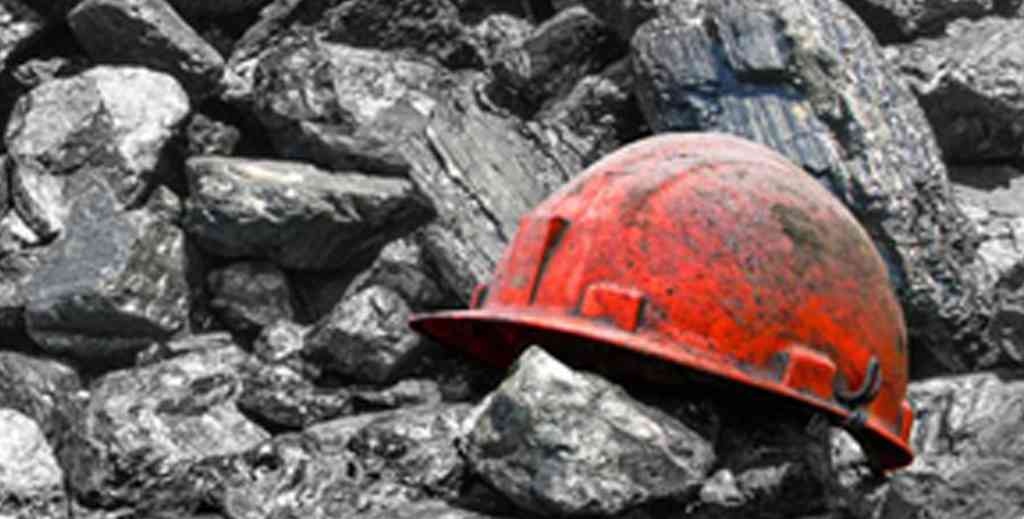

Politics, Not Logic, is Why Coal is Still Relevant in 2024 Election · The Journal Gazette Editorial Board: May 11, 2024
Indiana finds itself at a critical juncture in its energy policy going forward. Too bad we may be saddled with a future governor’s office intent on going the wrong direction.
The candidates’ insistence on resisting federal environmental mandates and restructuring the Indiana Utility Regulatory Commission to favor coal illustrates a deliberate pivot away from cleaner energy alternatives. And just days after Sen. Mike Braun handily won the GOP gubernatorial race, Indiana’s Todd Rokita joined 24 other state attorneys general seeking to overturn new restrictions on coal-fired plants that fuel President Joe Biden’s “climate agenda.”
In a news release Thursday, Rokita said he’s fighting “an invasive new U.S. Environmental Protection Agency rule that threatens the reliability of our power grid and will once again jack up utility costs for regular, everyday Hoosiers.”
For Hoosiers, the economic case for coal is rapidly losing ground. Utilities across the country, including those in Indiana such as NIPSCO, plan to be coal-free by 2028 — and not just because it’s environmentally friendly, but because it’s increasingly cost-effective. Indiana Michigan Power is moving forward with four new solar plants, including one in DeKalb County, as part of its plan to phase out its last coal plant in Rockport by 2028.
“The availability of renewable energy is important to support economic development opportunities in the communities I&M serves,” said I&M President Steve Baker in a statement. “Increasing the amount of renewable energy available to businesses will be a significant benefit to maintaining and attracting new investments and jobs to the area.”
Unless we missed the memo, we thought the GOP was for the marketplace dictating policy, not the other way around. Disregarding these market signals in favor of supporting a struggling coal industry says more about the reliability of political influence than the power grid.
How much coal does the grid use? Midcontinent Independent System Operator Inc. is a nonprofit organization that manages the flow of high-voltage electricity across Indiana and 14 other states and the Canadian province of Manitoba.
At 10 a.m. Friday, MISO’s dashboard showed that 30.1% of the energy generated for the grid comes from coal. Though most of the energy comes from natural gas, we receive more power from zero-carbon solar, wind and nuclear power than coal. (See the grid condition and fuel mix at misoenergy.org.)
We’re not in peak demand season when the grid is pushed to the extreme. A good reference for this would be Winter Storm Uri, which lasted from Feb. 13-17, 2021. The catastrophic conditions caused widespread power outages in Texas.
Several large gas and coal plants “buckled under freezing conditions,” reported Politico’s E&E News in a November 2023 post about Texas’ deteriorating grid conditions.
Texas voters approved a ballot measure to build more gas plants to handle an increase in capacity, and it’s telling that in March 2024, Texas got more electricity from solar than coal for the first time.
What’s not up for debate is the adverse effects of coal on air quality, which present severe health risks that ought to cease further discussion of bringing back coal.
Swiss-based IQAir’s 2023 World Air Quality Report ranks Indianapolis as the fourth worst metro for air quality in the United States, behind Chicago, Atlanta and Columbus, Ohio. The report is based on the amount of PM2.5 in the air — tiny particulate matter about one-thirtieth the average width of a human hair. They can penetrate deep into the lungs, making the air unsafe for people with heart and lung diseases, children, older adults and pregnant people.
In a state with one of the worst rates for heart disease, chronic lower respiratory diseases, diabetes and cancer, and where 1 out of 4 adults is a smoker, it would be irresponsible to consider policies that will endanger the lives of current and future Hoosiers.
The continued investment in coal is a misallocation of resources that could otherwise accelerate the transition to renewable energy. The time for coal has passed; the future is renewable.
Coal's Comeback? CHARLESTON (WV News) — Is a coal renaissance possible in West Virginia? State…
Toolbox Talk: "PPE" Why do I need to wear personal protective clothing and equipment? Let's…
Mine Safety Offices in Kentucky and Across Appalachia Are on DOGE's Chopping Block Click here…
"I don’t feel old. I don’t feel anything until noon. Then it’s time for my…
Safety Tidbits Week 11 - Safety means Doing it right! Attached is a checklist for those…
This website uses cookies.